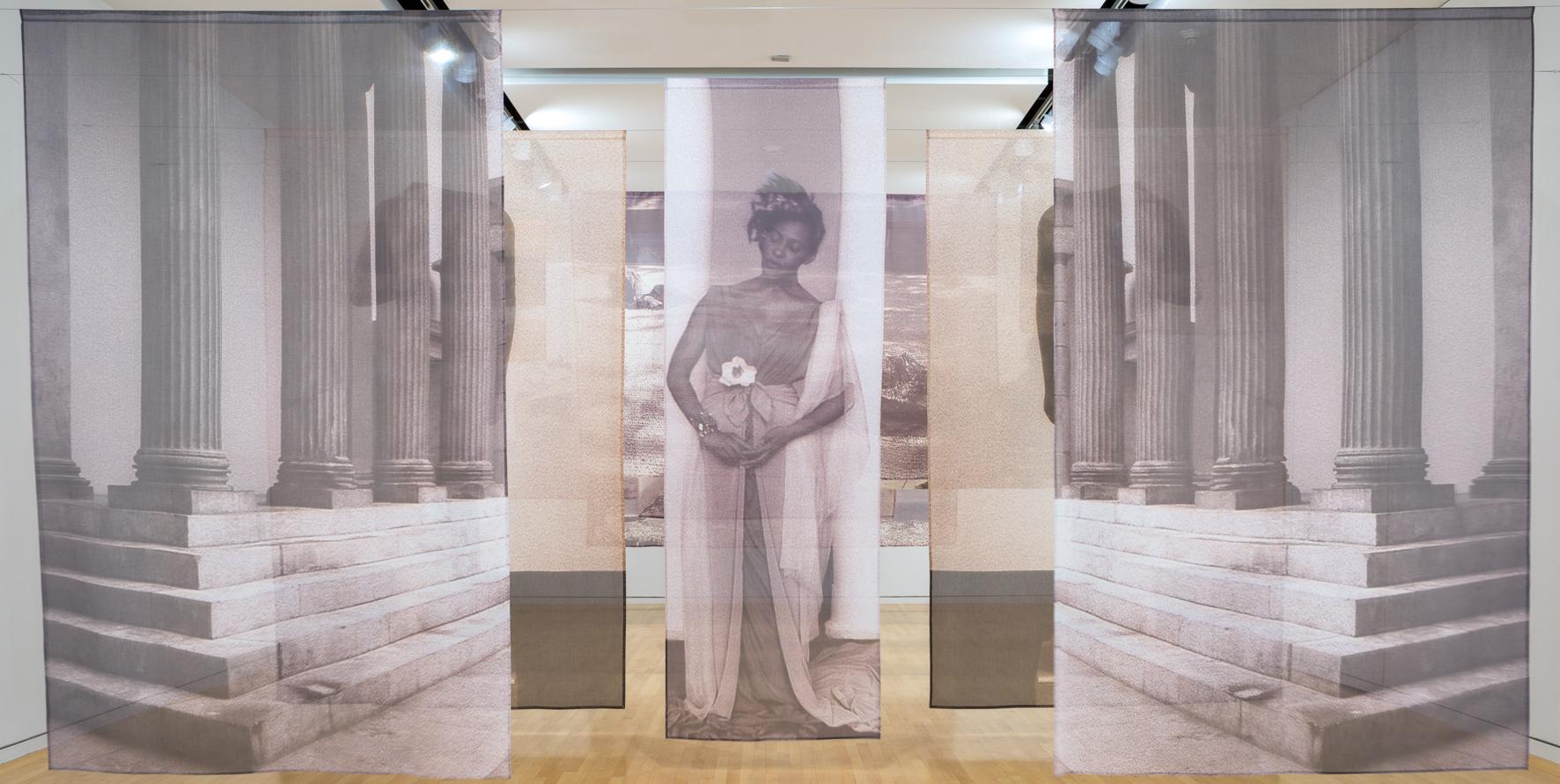
1 minute read
Dawoud Bey — Untitled #17 (Forest), from the series Night Coming Tenderly, Black
Dawoud Bey (American, born 1953)
Untitled #17 (Forest), from the series Night Coming Tenderly,
Black
2017 Gelatin silver print 44 x 55 in Mary and Leigh Block Museum of Art, Northwestern University, purchase funds provided by Susan and Richard Rieser, 2019.4
In this series, Dawoud Bey uses real and imagined sites to suggest the sensory experience of people moving through the darkness along the Underground Railroad, the network of secret routes and shelters set up to help enslaved people escape to freedom in the 18th and 19th centuries. This monumental photograph is, as the artist has described, “a visual reimagining of the movement of fugitive slaves through the Cleveland and Hudson, Ohio landscape as they approached Lake Erie and the final passage to freedom….” The series title refers to poet Langston Hughes’s renowned Dream Variations (1926), with its refrain, Night coming tenderly / Black like me. The image conjures the protective—or tender—qualities of the night as well as its dangers.
In How the Word Is Passed, author Clint Smith encourages readers to consider our proximity to slavery and to acknowledge the past by reflecting on what took place on a site. In Bey’s majestic photograph, the site is neither specific nor recognizable. There are no markers, no statues, and no plaques to designate the historic significance. But this mysterious photograph helps us begin to imagine what it might have felt like to move along these hidden paths. It wavers between the safety and danger of darkness and whispers to the viewer that something important happened on this unmarked site.










